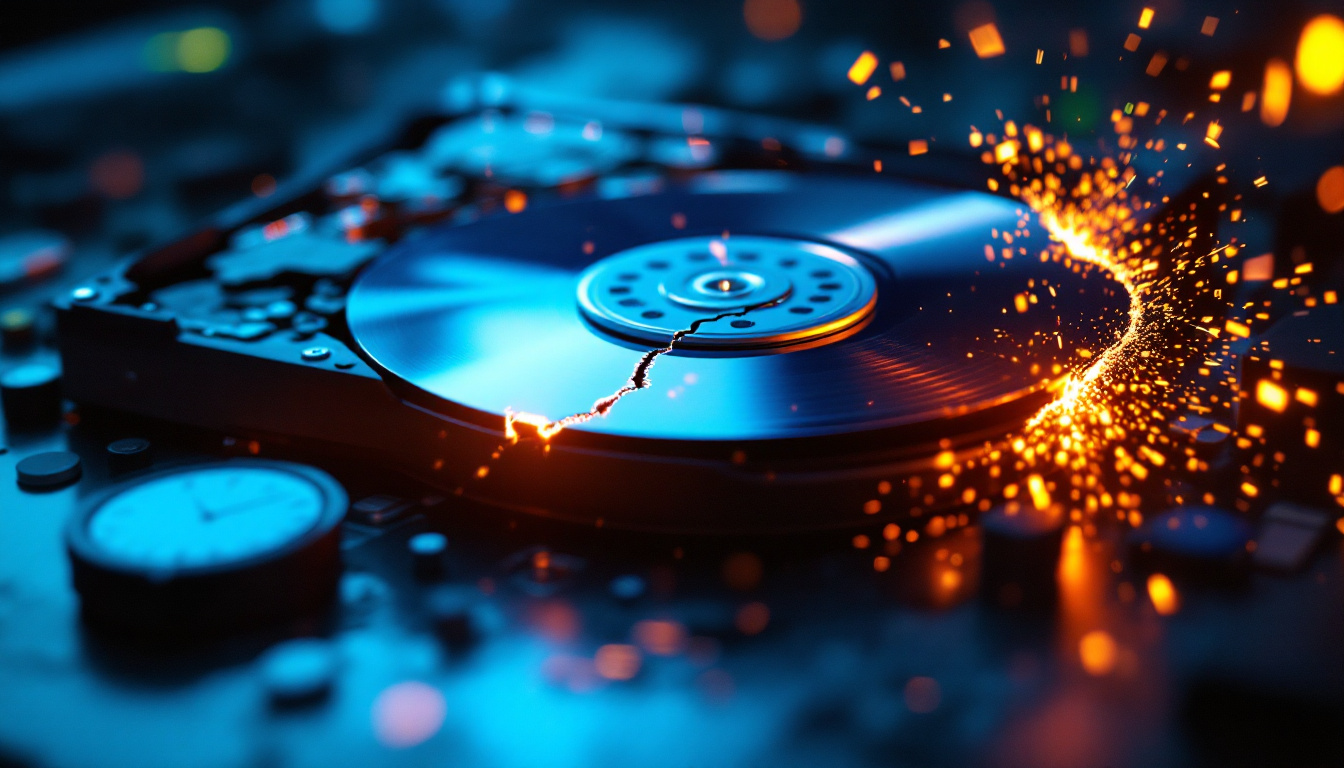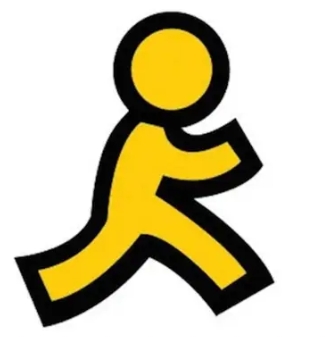
The End of an Era: AOL Discontinues Dial-Up Internet After 34 Years (You’ve Got Mail – For Now)
AOL’s Dial-Up Discontinuation Ends 34 Years Of Internet History – Goodbye, Old Friend
The End of an Era: AOL Discontinues Dial-Up Internet After 34 Years (You’ve Got Mail – For Now)
![]()
TL;DR: AOL is discontinuing its iconic dial-up internet service on September 30, 2025, after 34 years of operation, affecting approximately 160,000 remaining users who still rely on this technology for internet access in rural areas.
![]()
The familiar symphony of beeps, screeches, and static that once heralded millions of Americans’ entry into the digital world is about to fall silent forever. AOL has announced it will discontinue its dial-up internet service on September 30, 2025, marking the end of a 34-year chapter in internet history that began in 1991.
For many Houston area businesses and residents, this news might seem like ancient history – after all, who still uses dial-up in an age of fiber optic connections and 5G networks? However, this development represents more than just the retirement of obsolete technology. It signals the final closure of the digital divide’s last stubborn gap and highlights the ongoing challenges of providing reliable internet access to all Americans.
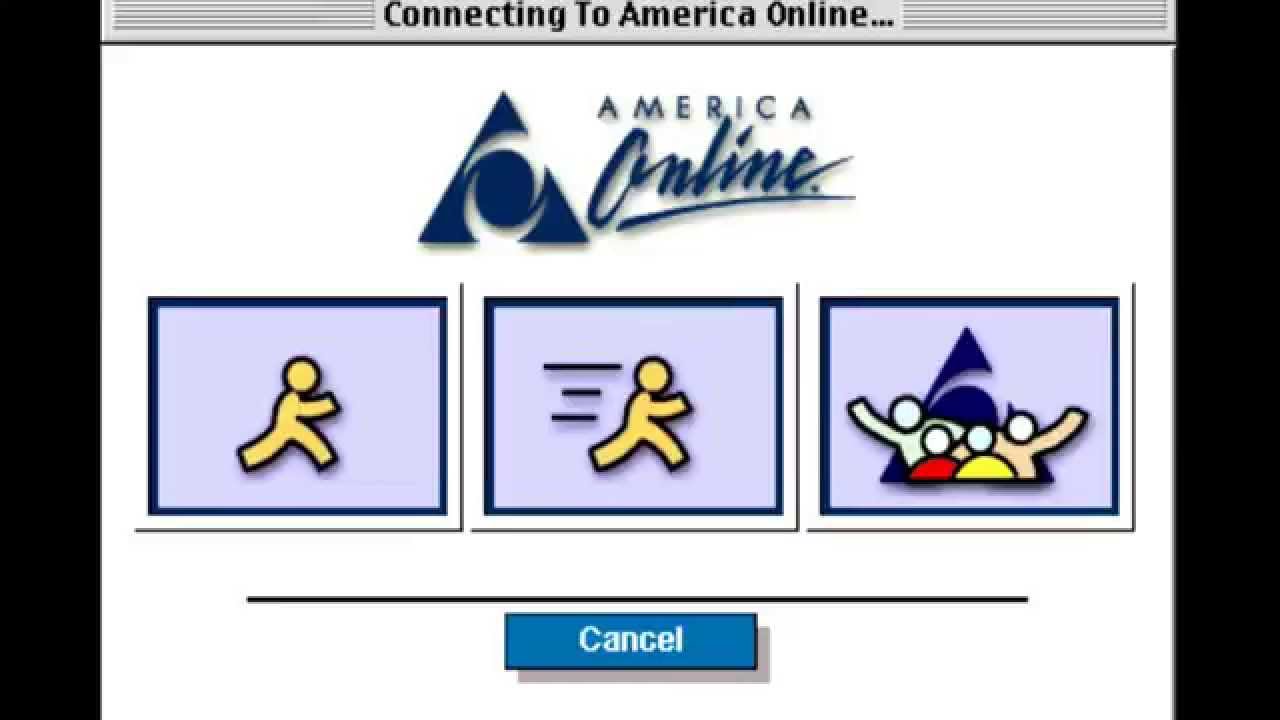
(AOL Login)
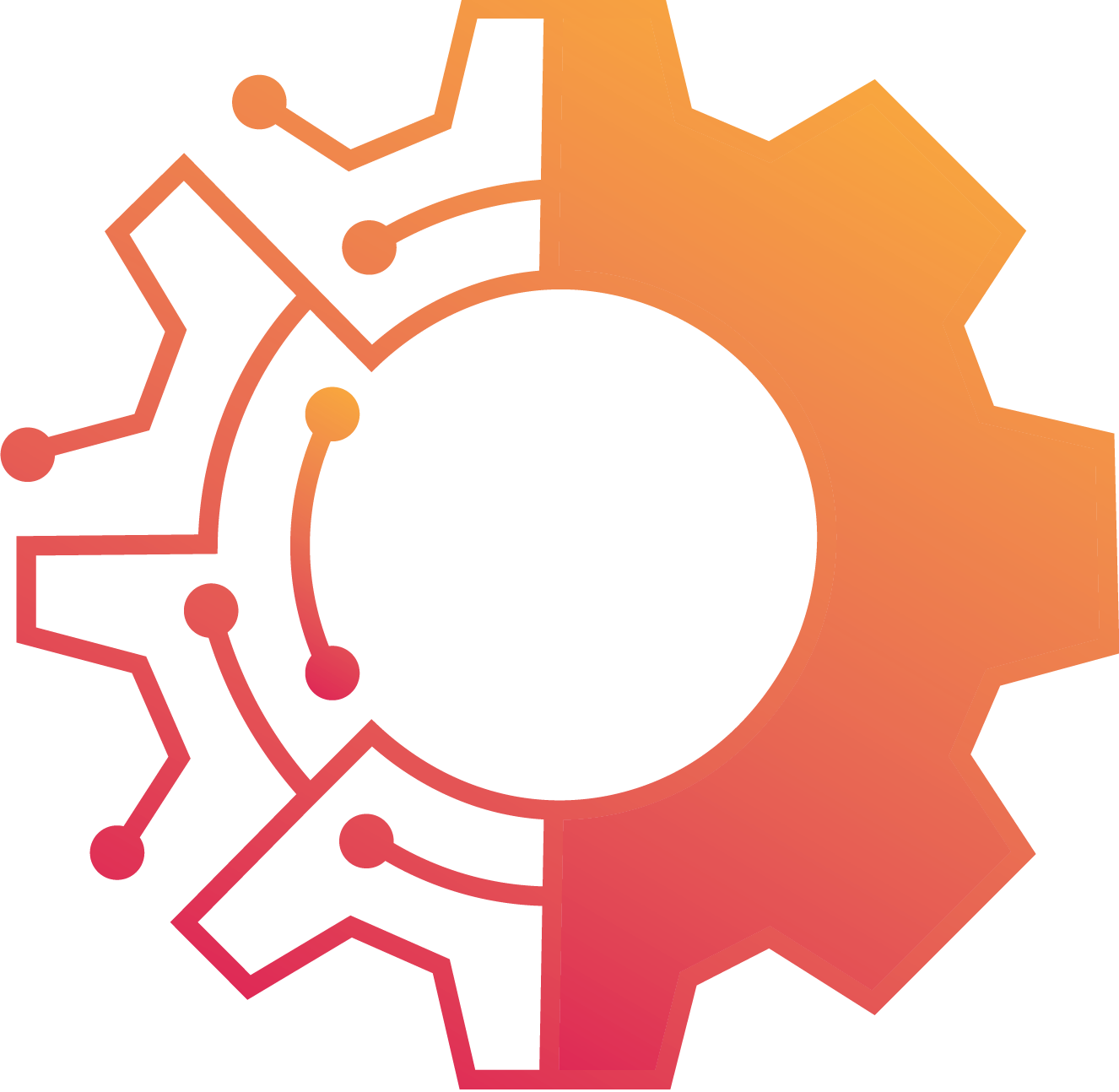 Understanding the Impact on Current Users
Understanding the Impact on Current Users
Despite widespread assumptions that dial-up internet vanished years ago, recent U.S. Census data reveals that approximately 160,000 Americans still rely on dial-up connections. This represents about 0.1% of internet users, but for these individuals and families, AOL’s decision creates a genuine challenge.
The remaining dial-up users typically fall into specific categories. Rural residents in areas where broadband infrastructure remains unavailable or prohibitively expensive make up the largest group. Senior citizens who have maintained their dial-up connections out of familiarity and cost concerns represent another significant portion. Additionally, some low-income households continue using dial-up as their most affordable internet option.
These users have persisted with connection speeds maxing out at 56 kilobits per second – roughly 0.056 Mbps compared to today’s average broadband speeds of 300 Mbps. To put this in perspective, downloading a single high-resolution photo that takes seconds on modern connections required several minutes on dial-up. Streaming video, online gaming, and many contemporary web applications simply weren’t feasible with these limitations.

(AIM – AOL Instant Messenger)
 The Technical Legacy of Dial-Up Technology
The Technical Legacy of Dial-Up Technology
Dial-up internet represented a ingenious solution for its time, utilizing existing telephone infrastructure to provide data connectivity. The technology worked by converting digital computer data into audio signals that could travel over standard phone lines, then converting them back to digital data at the receiving end.
The process began when users activated their modem software and dialed their internet service provider’s phone number. The distinctive connection sounds – those squeaks, chirps, and static bursts – represented the two modems negotiating their connection protocols and determining the highest possible speed for that particular phone line quality.
This approach required no additional infrastructure beyond telephone networks and modems, making it widely accessible. However, it also meant that using the internet tied up the household’s phone line, preventing simultaneous voice calls and internet use. Many families eventually installed dedicated phone lines for internet access or carefully scheduled their online time around expected calls.

 AOL’s Journey from Pioneer to Relic
AOL’s Journey from Pioneer to Relic
America Online launched its dial-up service in 1991, positioning itself as a user-friendly gateway to the emerging internet for non-technical consumers. Unlike competitors like CompuServe that catered to more technical users, AOL created a “walled garden” experience with curated content, chat rooms, and simplified navigation tools.
The company’s marketing strategy became legendary, distributing millions of trial CDs through direct mail, magazine inserts, and retail partnerships. At its peak in 1995, AOL claimed 10 million customersand had become synonymous with internet access for many Americans. The company’s acquisitions during this period included WebCrawler, eWorld, and competitor CompuServe.
However, the rise of broadband technology in the 2000s fundamentally challenged AOL’s business model. Cable internet, DSL connections, and eventually fiber optic networks offered dramatically faster speeds and always-on connectivity. Users no longer needed to dial in for internet access, and the limitations of 56k speeds became increasingly apparent as websites incorporated more multimedia content.
Despite losing most of its customer base to broadband providers, AOL maintained its dial-up service through multiple ownership changes. The company survived a disastrous merger with Time Warner, acquisition by Verizon in 2015, and eventual sale to private equity firm Apollo Global Management in 2021. Throughout these transitions, dial-up remained available as a legacy service for users who still needed it.
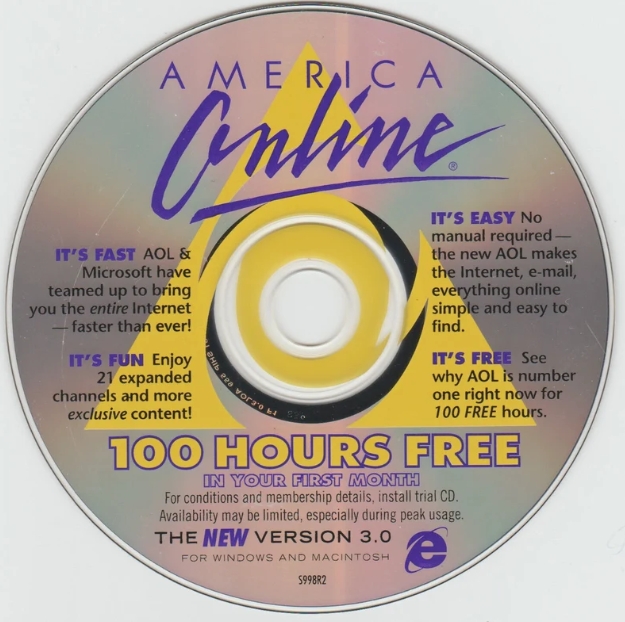
(AOL CD)
 Current State of Internet Access in America
Current State of Internet Access in America
AOL’s dial-up discontinuation occurs against the backdrop of ongoing efforts to expand broadband access nationwide. Current statistics reveal significant disparities in internet availability based on geographic location and economic factors.
According to recent Federal Communications Commission data, 94.53% of studied areas have access to broadband speeds of at least 100 Mbps download and 20 Mbps upload. However, rural areas face substantially greater challenges, with 22.3% of rural Americans and 27.7% of those in Tribal lands still lacking high-speed internet access. Urban areas see only 1.5% without broadband availability.
The digital divide extends beyond simple availability. The U.S. Census Bureau reports that 7.8% of households don’t maintain home internet subscriptions, down from 22.8% in 2015 but still representing over 10 million households. Cost, technical complexity, and perceived necessity continue to influence adoption decisions.
Government initiatives like the Affordable Connectivity Program provide internet discounts for low-income households, while the Broadband Equity Access and Deployment Program (BEAD) focuses on expanding infrastructure. These programs aim to address the gaps that have historically made dial-up a necessity rather than a choice for some Americans.

(You’ve Got Mail)
 CinchOps Remembers
CinchOps Remembers
At CinchOps, we remember because we’ve been there through it all. Our decades of experience span the entire evolution of connectivity – from the early days of mainframe terminals and bulletin board systems, through CompuServe’s text-based interfaces and AOL’s pioneering dial-up service, to today’s fiber networks and Starlink satellite constellations.
We remember the excitement of connecting to CompuServe at 300 baud, the satisfaction of AOL’s first successful dial-up connection, and the revolutionary leap to DSL that finally freed up phone lines. We’ve guided clients through every major transition – from dial-up to broadband, from copper to fiber, from terrestrial to satellite internet. Each technological shift brought new possibilities and new challenges, and we’ve been there to help businesses navigate every change.
Our team has configured modems for bulletin board access, optimized websites for 56k connections, implemented the first DSL deployments, managed complex fiber installations, and now we’re helping clients harness Starlink’s satellite capabilities. We understand that behind every technology transition are real people and real businesses with genuine concerns about reliability, cost, and complexity.
Technology will continue evolving – quantum networking, 6G cellular, and innovations we can’t yet imagine are already on the horizon. Whatever comes next, CinchOps will be here, ready to help you navigate the changes with the same expertise and dedication we’ve brought to every transition from mainframes to satellites.
![]()
 Discover More
Discover More 
Discover more about our enterprise-grade and business protecting cybersecurity services: CinchOps Cybersecurity
Discover related topics: The Commodore Revival: From Assembly Code to AI-Driven Workflows
For Additional Information on this topic: AOL will stop offering dial-up internet service after more than 30 years in business
For Additional Information on this topic:Elwood Edwards, Voice of AOL’s ‘You’ve Got Mail!’ Alert, Dies at 74
![]()
FREE CYBERSECURITY ASSESSMENT



